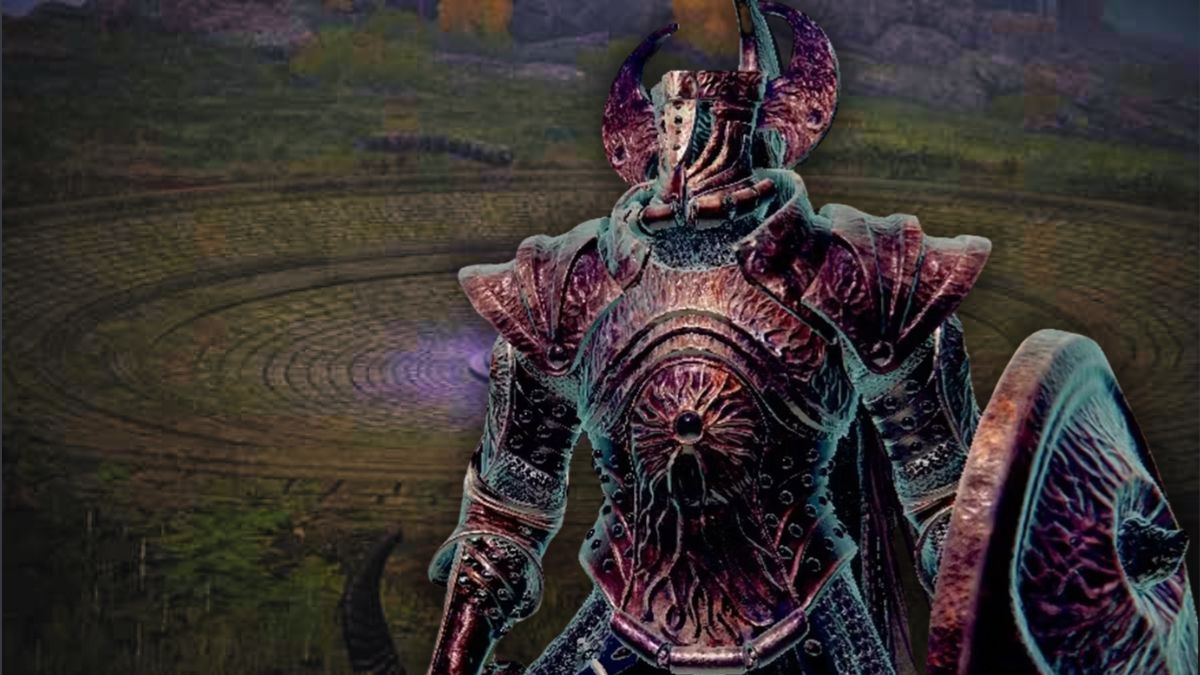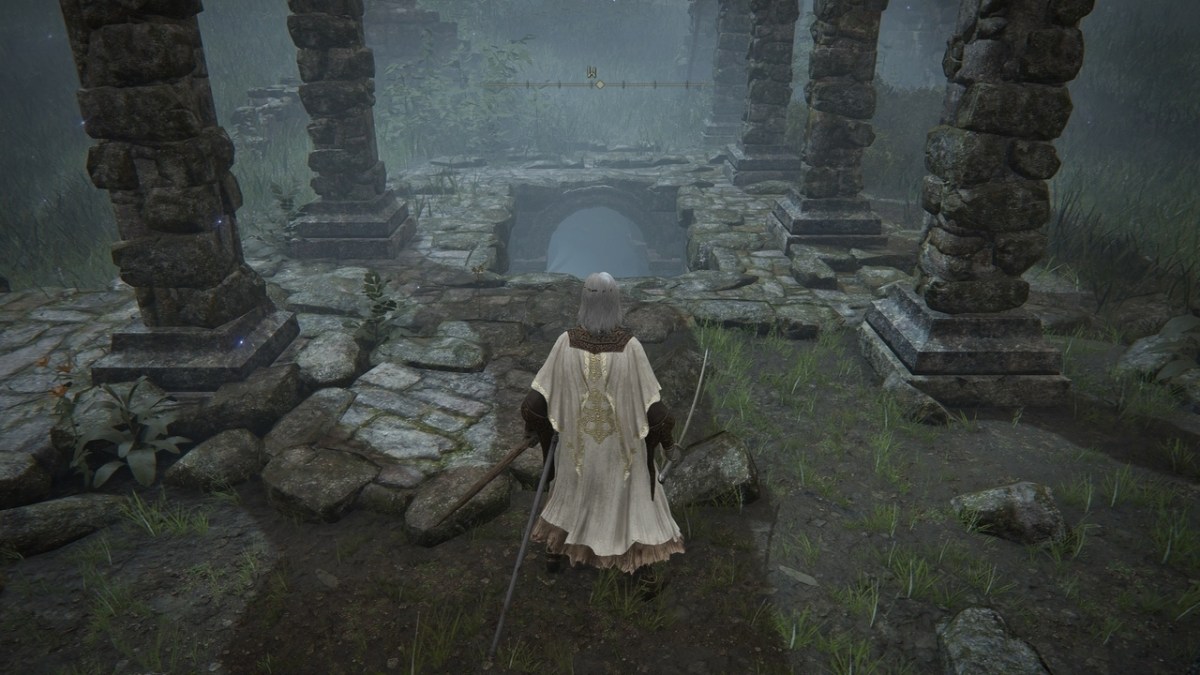Star Wars: Squadrons is a modern throwback to the old X-Wing and TIE Fighter days, and it has HOTAS support out of the box. Pilots across the galaxy have been wondering what they need to do to get their stick and throttles up and flying, and they’ll be relieved to hear setting up their HOTAS controllers is pretty simple. But, there are a few issues they should know about before taking off.
Star Wars: Squadrons HOTAS support is plug-n-play, but there are issues.
So long as Windows detects your HOTAS, and you have the current drivers and software up and running, Star Wars: Squadrons will automatically enable HOTAS support. Do bear in mind your HOTAS needs to be plugged in prior to booting up Star Wars: Squadrons – your desired stick and throttle will not be detected if you enable it after starting up the game.
From here you can enter the settings, tab over to controls, and tweak the controls and inputs to your liking (which I recommend doing: the stock inputs for my X52 Pro were all over the place). There’s a lot to take in, and for whatever reason you can’t manually set double-tap and hold functions on your own, but those quirks aside you can assign any none “mouse” substitute buttons to any input. You can have duplicates, but they can’t be in the same category (you can assign the auxiliary fire key to also select an option within a contextual menu, for example). Also, I recommend adjusting your inputs outside VR if you plan to use both.
Additionally, you can tweak a handful of settings for comfort. You can invert the y-axis and alter your throttle preferences in the “general” section, and the “flight stick” section below that has separate sliders for both sensitivity and deadzone for pitch, yaw, roll, and even throttle. That said, there is one major problem in particular you need to be aware of here at launch: the stock deadzone is trash.
Even at zero-percent, players are reporting a large deadzone on a variety of different HOTAS’s when playing Star Wars: Squadrons. EA is apparently aware of the issue and working on a fix (among other HOTAS related issues), but do keep this in mind before entering the cockpit. There’s also no way to make HOTAS curve adjustments in-game (you’ll have to use your stick’s software), and the game itself uses a non-linear exponential curve. Translation: the controls feel floaty, and you’ll have to make a lot of targeting adjustments.
HOTAS support in Star Wars: Squadrons works well enough to get the job done, but it may be best to wait on EA to make some adjustments before committing to the control scheme. It’s great to see HOTAS support out of the gate, but it’s a few tweaks shy of being great.









Published: Oct 2, 2020 04:26 pm